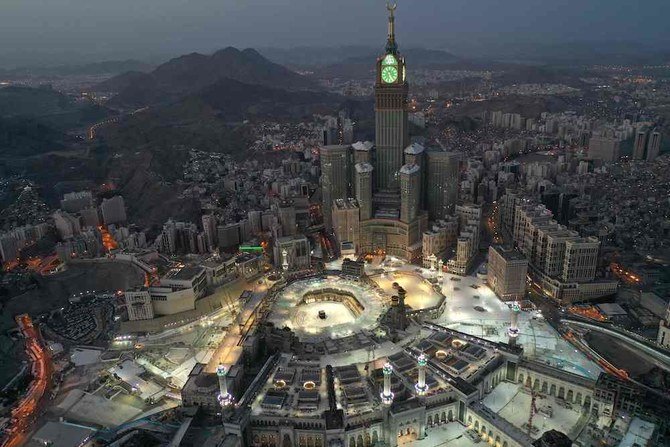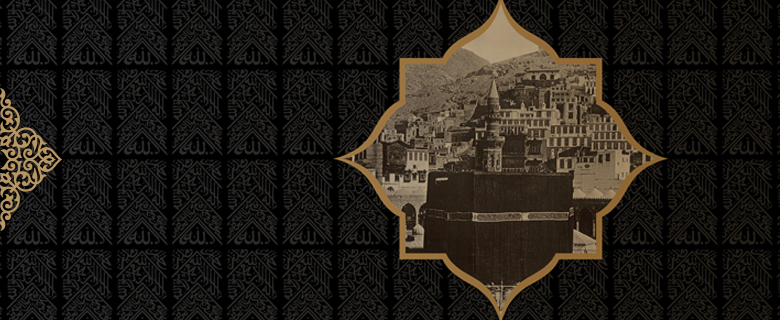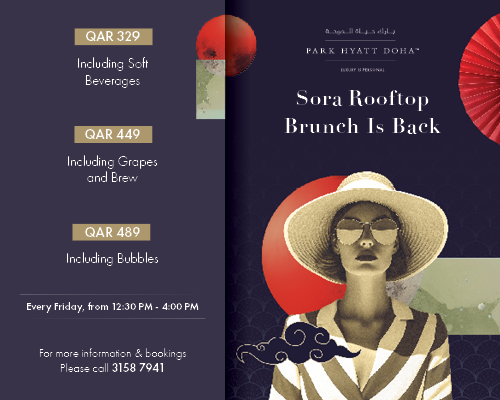The rhythm and cadence of Islam permeates life in Qatar as the 12 months of the lunar calendar, now in the year 1433, revolve through the seasons fixing the time of prayer, fasting and celebration as Muslims venerate Allah (God).
This monotheistic religion was founded with the first revelation of the Qur’an to the Prophet Mohammed in a cave near Mecca around 610CE. The Qur’an contains both religious teaching and laws to regulate the behaviour of an Islamic society.
The five pillars of Islam, which Muslims observe to live a life that conforms to their religion, are:
• Shahadah – sincerely reciting the Muslim profession of faith
• Salat – performing ritual prayers in the proper way five times each day
• Zakat – paying an alms (or charity) tax to benefit the poor and the needy
• Sawm – fasting during the month of Ramadan
• Haj – pilgrimage to Mecca is a busy one for Muslims as the three most important events in the year take place. The month of Ramadan and Eid Al Fitr, a celebratory holiday at its end are followed, two months later, by the Haj pilgrimage and the Eid Al Adha holiday.
The most noticeable religious observance to non-Muslims on a daily basis is probably the call to prayer as it echoes five times a day from innumerable mosques. Prayer takes precedence over other activities and should be performed as soon as possible when the call is heard. Muslims need to be in a ritually clean state to pray and perform a specific set of ablutions before doing so. Likewise the area on which the prayers are performed should be unpolluted, which is why shoes are removed when entering a mosque.
Prayer rooms are provided in offices, malls and at places like the airport. It is not necessary to make all prayers in a mosque or prayer room and they can be said at home. On Friday, which is a weekly holiday in Islamic countries, midday prayers are said in congregation at the mosque followed by a sermon from the Imam.
Although the locations will vary across each country Muslims in Qatar and around the world will be praying in vast concentric circles towards the Ka’ba in Mecca. The Ka’aba (literally ‘the cube’ in Arabic) is an ancient stone structure that was built and re-built by prophets as a house of monotheistic worship. It is located inside the Grand Mosque in Mecca. The Ka’aba is considered the centre of the Muslim world, and is a unifying focal point for Islamic worship.
Ramadan, the month when Allah revealed the first verses of the Qur’an, sees a distinctive slowing of the daily routine as, during the required dawn to sunset fast, the government and some private offices work shorter hours. Shops open later in the morning and close in the afternoon, only opening in the early evening after breaking the fast is finished, although some food outlets open for an hour or two just before sunset. It is advisable to check individual timings yourself.
While eating and drinking in public is strictly forbidden for everyone during the day, the eerily silent and empty streets just before sunset belie the bustle in family homes as the iftar meal is put on the table. A cannon fired from the Corniche marks the end of the day’s fast and its boom commemorates a time when the whole of a smaller Doha would hear it.
Families make a special effort to provide the very best of both food and hospitality to friends and neighbours. In the Gulf the majlis, a reception room attached to every house for male visitors, is full of good food and good company from dusk until early the next morning when a suhour breakfast is served to fortify people for another day of fasting. Ramadan gives non-Muslims the opportunity to try an enormous variety of buffet-style iftar meals at restaurants and hotels including the specially decorated ‘Ramadan Tents’. Everyone can also join in the Garangao festival in the middle of the month, when children are given sweets to fill a special bag.
Ramadan is a time of spiritual reflection and extra prayer for Muslims and many choose to give extra assistance to those less fortunate than themselves. Qatar’s many charitable organisations arrange iftar meals at this time in addition to their work throughout the year. People may also choose to do their accounts and calculate the amount of zakat they need to pay during the Ramadan.
The month ends with the festival of Eid Al Fitr. Literally the ‘Festival of Breaking the Fast,’ people dress in their finest clothes, adorn their homes, give treats to children, and enjoy visits with friends and family. Special Eid prayers are said early on the first day and the day ends with a vivid fireworks display on the Corniche. A sense of generosity and gratitude colours these festivities.
Every year, two million Muslims make the Haj pilgrimage to Mecca and Eid Al Adha is the holiday celebrating this act, which remembers the prophet Ibrahim’s willingness to sacrifice his son when ordered by God. Muslims who can afford it sacrifice a sheep to commemorate Ibrahim’s trials and distribute most of the meat to the needy.

Regarded as the House of God, the Ka’aba plays an important part in the Haj and other Muslim observances and is the most sacred place in Islam. This approximately 13 by 9 m cube-shaped stone structure predates the religion and has been rebuilt several times. The gold door to the interior is raised to protect the building from floods and is accessed by a portable wooden staircase. Its inside is basically empty with inscriptions on the walls, pillars supporting the roof and many small gold and silver lamps. The emptiness symbolises the presence of God and the abstractness and oneness of Allah. Set into the wall on the southeast corner of the Ka’aba, near the gold doors, is the Black Stone, a sacred stone (now fragmented) framed in a silver band.
Throughout Islamic history, it has been considered a great honour to be able to perform a service to the Ka’aba, in the Sacred Mosque in Mecca. One of these services, performed by both kings and commoners, is a contribution towards the kiswa, the beautiful black and gold covering. Helping to do this can be done in many ways: from funding the making of the kiswa to sewing it. For Muslims, the cloth itself an object of reverence.
The kiswa is made in five pieces of natural silk dyed in black: one for each of the four walls and one for the door. On this silk are embroidered verses from the Qur’an and other religious phrases. The cloth is 14 metres high. On the top third of the cloth is an encircling strip embroidered with protruding designs of silver threads covered with gold. Beneath it are six roundels with verses from the Qur’an interspersed with other phrases praising Allah.
Its manufacture is entrusted to a handful of local artisans, although during the Ottoman Empire it was made in Egypt. Only the dyeing of the cloth is now mechanised. It is woven and embroidered by hand. Each kiswa costs over USD4.5 mn to make, with 120 kg of pure gold and 50 kg of pure silver needed to make the thread.
The kiswa is changed annually during the Haj pilgrimage at a special ceremony presided over by the King of Saudi Arabia in which the door of the Ka’aba is opened, the building is cleaned and the kiswa that covers it is replaced. As the old covering is removed efforts are made to ensure that the Ka’abah is not completely uncovered: one or two pieces of cloth will always remain on the Ka’aba as a sign of respect. A spare Kiswa is always available should the original need replacing. The previous kiswa is cut into small pieces and distributed to dignitaries and important organisations for display. A piece and related artifacts can be seen in Qatar at the Sheikh Faisal bin Qassim Al Thani Museum.





